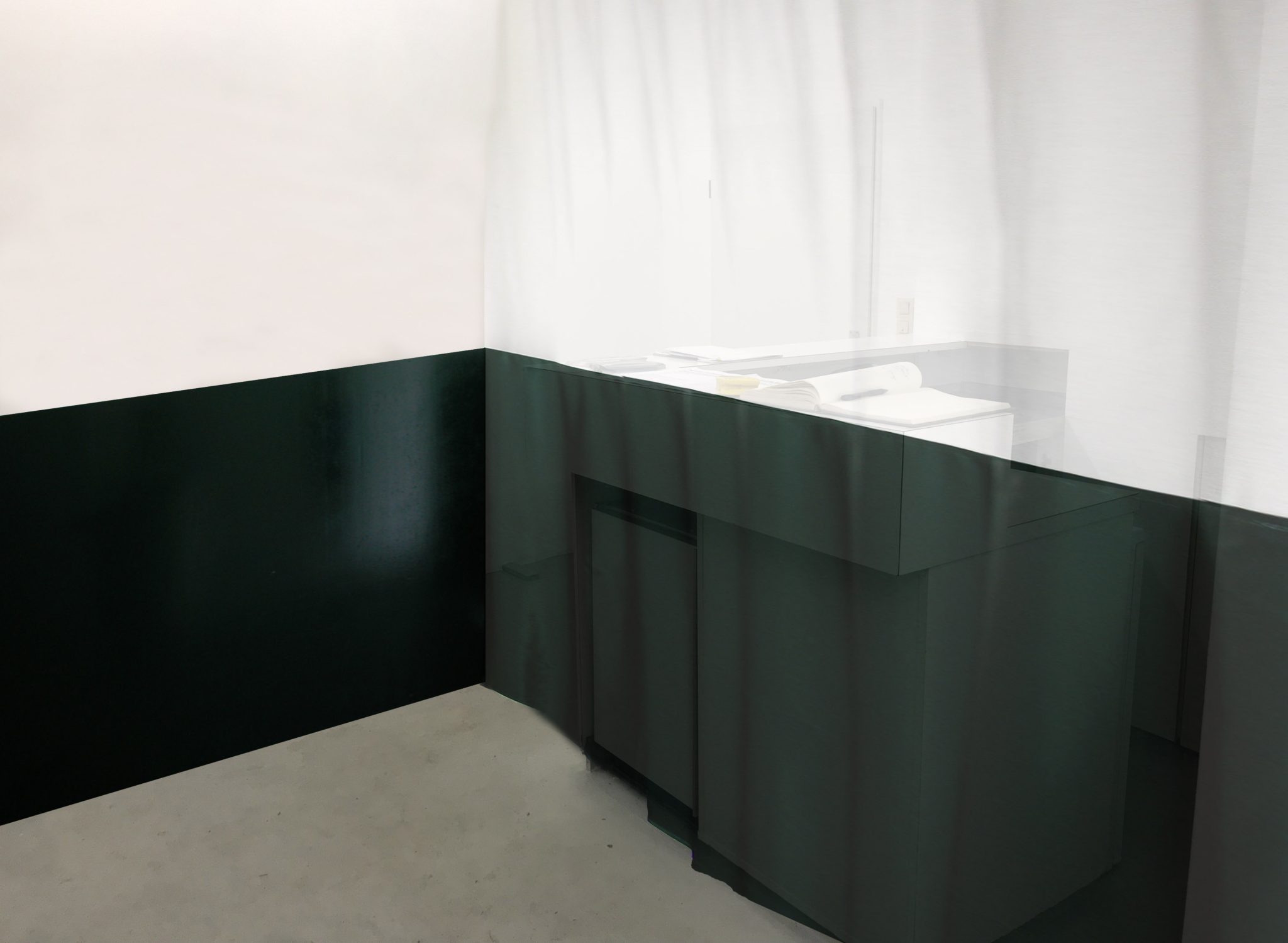
Lucia Margarita Bauer (Berlin)
Beni Bischof (St. Gallen)
Oliver Blum (Köln)
Alexander Kluge (München)
Lilli Kuschel + Anna Fiedler (Berlin)
Armin Linke (Berlin)
Radenko Milak (Banja Luka)
Bettina Pousttchi (Berlin)
Sophia Tabatadze (Berlin)
Philip Topolovac (Berlin)
Opening: Friday, June 30, 2023, 7 pm.
With works by: Lucia Margarita Bauer (Berlin), Beni Bischof (St. Gallen), Oliver Blum (Köln), Alexander Kluge (München), Lilli Kuschel + Anna Fiedler (Berlin), Armin Linke (Berlin), Radenko Milak (Banja Luka), Bettina Pousttchi (Berlin), Sophia Tabatadze (Berlin), Philip Topolovac (Berlin)
Curated by Max Dax
In the interplay of various formats and media, the exhibition „Cold Shelter / Schutzraum“ unfolds a conceptual cluster providing new perspectives on an interpretive term that is currently being permanently ascribed new meanings by pandemics, war, terror, and disinformation. At the same time, the exhibition is easy to receive because each individual position offers a clear perspective to the term shelter, and thus, in the accumulation of perspectives, explores its new meanings. The exhibition, whose title quotes a ballad by the U.S. band Spain („Blue is such a cold shelter“), makes clear how necessary shelter is for people in times of crisis – especially when people are only slowly becoming aware of the reorganization of society and the world in the first place. The exhibition thus becomes an interface of knowledge, an important tool of self-protection.
Max Dax: „The concept of shelter is in focus today like hardly any other. Due to the war in Ukraine and the nuclear threat, the need for bunkers is openly discussed again. The pandemic has educated civil societies worldwide to maintain safe distances and to accept or establish permanent invisible shelters. And for minorities and religious or sexual dissenters, shelters such as Berghain, not least, have become vital institutions in the face of unrestrained hate speech online as well as violent attacks on the street. And last but not least, artists are increasingly dependent on the fact that their shelters – studios, exhibition and discourse spaces – are not disappearing.“